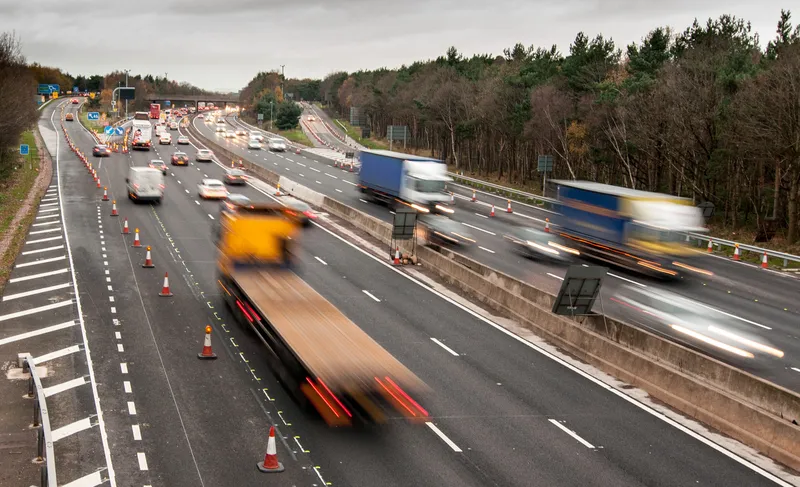For Intertraffic 2016, Lumenera has a ‘Back To The Future’ themed demonstration complete with a model DeLorean car and Old West backdrop illuminated by a Metaphase LED light.
April 4, 2016
Read time: 2 mins

For Intertraffic 2016, Lumenera has a ‘Back To The Future’ themed demonstration complete with a model DeLorean car and Old West backdrop illuminated by a Metaphase LED light.
Lumenera’s 16MP Lt16059HC camera with a Canon lens will be connected via high-speed USB 3.0 (Using the NI-IMAQdx USB3 Vision Driver) to an Intel NUC host computer running National Instruments Measurement and Automation Explorer (MAX).
National Instruments MAX software will be displaying the captured images at an impressive 12 frames per second (fps) with fantastic detail, colour accuracy, and dynamic range. Visitors to the stand will see how exposure, gains, as well as iris and focus can be adjusted in real-time using the NI MAX camera attributes interface.
The Lt16059H 16 megapixel high-performance USB 3.0 camera equipped with the KAI-16070 35mm format CCD image sensor from ON Semiconductor (Truesense) is a major innovation for traffic applications where high dynamic range and high resolution are required.
Lumenera says the Lt16059H surpasses the competition with an impressive frame rate of 12 fps at full resolution over USB 3.0. The company’s unique ‘Dual-Gain High Dynamic Range’ (HDR) implementation is a rare feature that outputs the same high-resolution frame processed through two different gain amplifiers to produce a merged HDR image without introducing image blur.
The KAI-16070 sensor provides high smear rejection (-115 dB) and up to 82 dB linear dynamic range through the use of a unique dual-gain amplifier. Lumenera received a VSD Innovators Award for its dual-gain HDR implementation.
Lumenera’s 16MP Lt16059HC camera with a Canon lens will be connected via high-speed USB 3.0 (Using the NI-IMAQdx USB3 Vision Driver) to an Intel NUC host computer running National Instruments Measurement and Automation Explorer (MAX).
National Instruments MAX software will be displaying the captured images at an impressive 12 frames per second (fps) with fantastic detail, colour accuracy, and dynamic range. Visitors to the stand will see how exposure, gains, as well as iris and focus can be adjusted in real-time using the NI MAX camera attributes interface.
The Lt16059H 16 megapixel high-performance USB 3.0 camera equipped with the KAI-16070 35mm format CCD image sensor from ON Semiconductor (Truesense) is a major innovation for traffic applications where high dynamic range and high resolution are required.
Lumenera says the Lt16059H surpasses the competition with an impressive frame rate of 12 fps at full resolution over USB 3.0. The company’s unique ‘Dual-Gain High Dynamic Range’ (HDR) implementation is a rare feature that outputs the same high-resolution frame processed through two different gain amplifiers to produce a merged HDR image without introducing image blur.
The KAI-16070 sensor provides high smear rejection (-115 dB) and up to 82 dB linear dynamic range through the use of a unique dual-gain amplifier. Lumenera received a VSD Innovators Award for its dual-gain HDR implementation.









